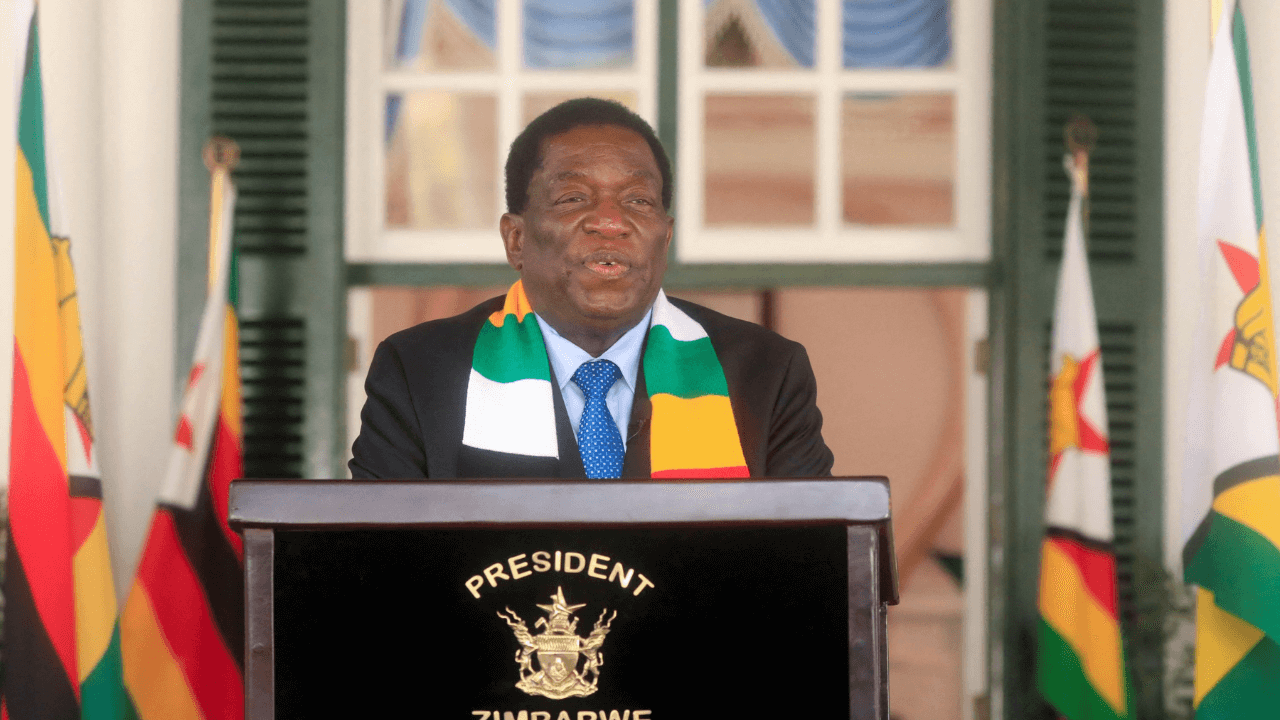Emmerson Mnangagwa secures a second term as Zimbabwe’s leader after winning the presidential election. The Zimbabwe Electoral Commission (ZEC) announced his victory with 52.6% of the vote, while his closest opponent, Nelson Chamisa of the Citizens’ Coalition for Change (CCC), trailed with 44%. This election holds significance as it occurs six years after the removal of long-standing ruler Robert Mugabe through a military coup.
Emmerson Mnangagwa’s Political Journey to Presidency
Born on September 15, 1942, Emmerson Dambudzo Mnangagwa is a prominent Zimbabwean politician who assumed the presidency on November 24, 2017. A loyal member of the Zimbabwe African National Union-Patriotic Front (ZANU-PF) and a close associate of former President Robert Mugabe, Mnangagwa held key ministerial positions and served as Mugabe’s Vice-President until November 2017.
Zanu-PF’s Success and Constitutional Implications
In addition to winning the presidential race, Mnangagwa’s party, ZANU-PF, secured 136 parliamentary seats, while the Citizens’ Coalition for Change (CCC) obtained 73 seats. However, ZANU-PF fell short of achieving a two-thirds majority, which would have allowed them to amend the constitution.
Economic Struggles and Ongoing Food Insecurity
Despite winning a second term, Mnangagwa faces criticism for his economic management. High unemployment and poverty persist in a country that was once a southern African food hub. Despite claims of a bountiful harvest, nearly 3.8 million Zimbabweans are expected to experience food insecurity this year.
- SIDBI Grade B Notification 2025 Out For 26 Manager Post
- SSC CGL Tier 2 Weightage of English and Quants, Check Here
- 7 Tips for Staying Motivated during SSC CGL Exam Preparation
- General Science Question for SSC CGL Exam, Attempt Here
- SIDBI Grade B Syllabus & Exam Pattern 2025, Download PDF

